PART 3
Introduction to additive manufacturing in the field of molds and mechanical parts
2020, July 17
Now that we have introduced additive manufacturing (AM), the strategic integration of our dedicated machine park and the advantages that AM can offer you for the mould manufacturing, let’s take a look at your mechanical parts.
- We often hear that AM is cost reducing. But how is this reduction possible in practice?

Reducing costs through AM? Yes and no. Cost reduction with AM can be achieved at different levels and more or less directly.
For example, we can talk about reducing production costs by optimizing the design of the parts, by reducing their weight. See our article dedicated to cost reduction.
- We often hear that AM is a time saver : but how?
We make prototypes quickly, reduce cycle and assembly times. Our goal here is to save time and further to improve our products. Let’s have a look at some examples:
How can we talk about additive manufacturing and saving time without mentionning rapid prototyping ? That is our first example:
In the fields of engineering and R&D, prototyping is a very important part of a project. Being able to manufacture it with an additive manufacturing process, offers the possibility of eliminating certain steps such as injection molding or tool machining, thus saving time.
Rapid prototyping allows us to design by iteration. The 3D model can easily be readjusted after printing. With advanced design software, you can even save time during the modelling.

Finally, you can reduce assembly times in additive manufacturing, thus saving time. Additive manufacturing offers the possibility of assembling into one geometry several parts that conventionally would have been manufactured separately, and then assembled post production. Less time is therefore spent on the assembly stage.
- We often hear that with Additive Manufacturing, we gain geometrical freedom: in what way?
Topological optimization tends to be used more and more in the design of parts.
What appeals to many with topological optimization is the fact that it is possible to distribute the material of a part in such a way as to be able to respond to various constraints and stresses.
There are two steps to implement this method: the first is to obtain an automatic optimization calculation of the part to be designed, i.e. to take into account various factors to obtain the ideal optimization combination. This means taking into account volumes, loads, geometrical freedom, etc. The second stage aims to reconstruct the “ideally optimized” part and make it a manufacturable part that respects each constraint. For more details on the implementation of the method, we recommend this article.

As you will have understood, the example of topological optimization shows us that it is possible to gain geometric freedom through innovative methods in the context of Additive Manufacturing. Mechanically optimizing the desired part is one of the advantages of topological optimization, but we must not forget that the expertise of qualified people is essential throughout this process.
That’s it! You know a little more about Additive Manufacturing and the various (and numerous) methods, solutions and benefits it can bring you. Stay tuned, in our next article we will come back to our project of a machine park dedicated to 3D printing, and why we chose it!
